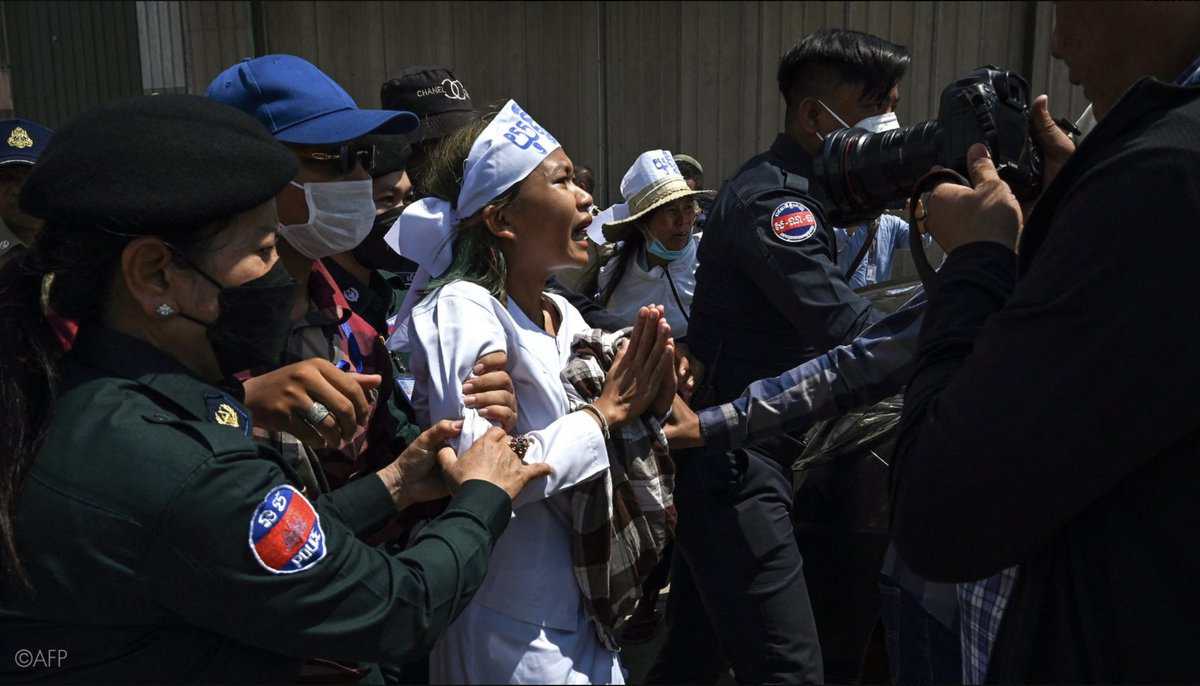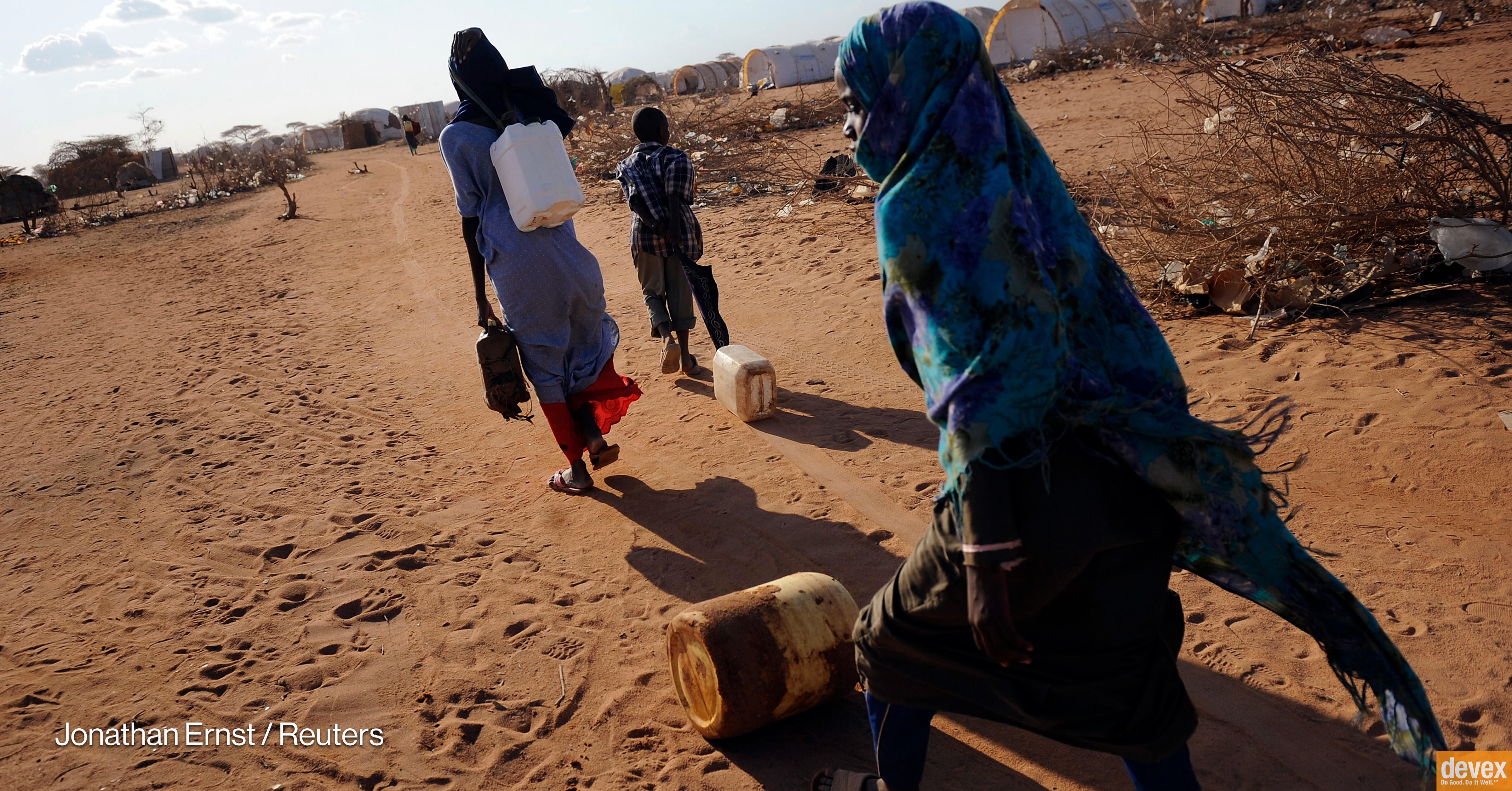UNHCR Bulgaria 2024 Socio-Economic Insights Survey: Report on Key Findings
Executive Summary and Alignment with Sustainable Development Goals (SDGs)
This report provides a summary of the key findings from the UNHCR 2024 Socio-economic Insights Survey in Bulgaria. The survey evaluates the conditions of refugee populations, focusing on metrics directly related to the United Nations Sustainable Development Goals (SDGs). The data highlights significant challenges and opportunities for progress in achieving the 2030 Agenda, particularly in ensuring that vulnerable populations are not left behind.
Analysis of Thematic Areas and SDG Performance
Food Security and Nutrition (SDG 2: Zero Hunger)
The survey assessed the state of food security, a critical component of SDG 2, which aims to end hunger and ensure access to safe, nutritious food.
- Food Consumption: A significant portion of households reported inadequate food consumption, relying on negative coping strategies.
- Access to Nutrition: Challenges persist in accessing affordable and diverse nutritional sources, impacting the health and well-being of children and adults.
- SDG 2 Progress: The findings indicate that targeted interventions are necessary to achieve Zero Hunger for refugee populations, including enhanced food assistance and livelihood support programs.
Education Access and Quality (SDG 4: Quality Education)
Progress towards SDG 4, which calls for inclusive and equitable quality education, was a central focus of the survey.
- Enrollment Rates: The survey documented school enrollment rates among refugee children, identifying disparities compared to the host community.
- Barriers to Education: Key barriers include language difficulties, lack of documentation, and insufficient resources within the education system.
- Lifelong Learning: Opportunities for vocational training and adult education are limited, hindering long-term integration and self-reliance in line with SDG 4 targets.
Economic Inclusion and Decent Work (SDG 8: Decent Work and Economic Growth)
The survey provides insights into the economic integration of refugees, a core element of SDG 8.
- Employment Status: High rates of unemployment and underemployment were observed, particularly among women and youth.
- Labor Market Integration: Refugees face significant obstacles in entering the formal labor market, including non-recognition of qualifications and discrimination.
- Contribution to SDG 8: Promoting full and productive employment requires policy adjustments and targeted programs to facilitate access to decent work and foster inclusive economic growth.
Housing and Basic Services (SDG 11: Sustainable Cities and Communities)
The report evaluates living conditions in the context of SDG 11, which aims to make human settlements inclusive, safe, and resilient.
- Housing Adequacy: A substantial number of refugees reside in overcrowded or inadequate housing with insecure tenure.
- Access to Services: Challenges in accessing essential services such as clean water, sanitation, and electricity were reported.
- Path to Sustainable Communities: Addressing these housing deficits is crucial for creating sustainable and inclusive communities where all inhabitants can thrive.
Conclusion
The UNHCR 2024 survey highlights critical gaps in meeting the basic needs of refugee populations in Bulgaria and underscores the direct relevance of their well-being to the achievement of the Sustainable Development Goals. A concerted effort is required from all stakeholders to integrate refugees into national development frameworks to ensure progress towards SDG targets concerning poverty (SDG 1), health (SDG 3), and reduced inequalities (SDG 10).
Analysis of Sustainable Development Goals in the UNHCR Bulgaria 2024 Survey Report
1. Which SDGs are addressed or connected to the issues highlighted in the article?
Based on the metadata of the article, which describes the content as a “Socio-economic insights survey” focusing on “Education, Food and Nutrition” for refugees in Bulgaria, the following Sustainable Development Goals (SDGs) are addressed:
- SDG 1: No Poverty: The focus on “socio-economic insights” implies an assessment of the economic well-being and poverty levels of the surveyed refugee population.
- SDG 2: Zero Hunger: The article explicitly mentions “Food and Nutrition” as a key theme, directly connecting to the goal of ending hunger and ensuring food security.
- SDG 4: Quality Education: “Education” is explicitly listed as a central topic of the survey, aligning with the goal of ensuring inclusive and equitable quality education.
- SDG 8: Decent Work and Economic Growth: A “socio-economic” survey of a refugee population inherently involves assessing employment status, access to decent work, and economic integration.
- SDG 10: Reduced Inequalities: The survey, conducted by UNHCR, focuses on refugees, a vulnerable group often facing significant inequalities. The analysis of their socio-economic conditions is directly related to understanding and addressing these disparities.
2. What specific targets under those SDGs can be identified based on the article’s content?
The article’s description allows for the identification of several specific SDG targets:
- Target 1.2: By 2030, reduce at least by half the proportion of men, women and children of all ages living in poverty in all its dimensions according to national definitions. The socio-economic survey would measure poverty levels among the refugee population.
- Target 2.1: By 2030, end hunger and ensure access by all people, in particular the poor and people in vulnerable situations, including infants, to safe, nutritious and sufficient food all year round. The focus on “Food and Nutrition” directly relates to assessing access to food for the vulnerable refugee population.
- Target 4.1: By 2030, ensure that all girls and boys complete free, equitable and quality primary and secondary education leading to relevant and effective learning outcomes. The survey’s “Education” component would likely assess school enrollment and completion rates for refugee children.
- Target 8.5: By 2030, achieve full and productive employment and decent work for all women and men, including for young people and persons with disabilities, and equal pay for work of equal value. The “socio-economic” aspect of the survey points to data collection on employment and labor market integration.
- Target 10.2: By 2030, empower and promote the social, economic and political inclusion of all, irrespective of age, sex, disability, race, ethnicity, origin, religion or economic or other status. The entire survey is an exercise in measuring the socio-economic inclusion of refugees in Bulgaria.
3. Are there any indicators mentioned or implied in the article that can be used to measure progress towards the identified targets?
While the article does not state specific numerical data, the nature of a “socio-economic insights survey” implies the use of specific indicators to measure progress. The following indicators are implied by the topics mentioned:
- Implied Indicator for Target 1.2: The proportion of the refugee population living below the national poverty line. The survey would need to collect data on income and living standards to measure this.
- Implied Indicator for Target 2.1 (Indicator 2.1.2): Prevalence of moderate or severe food insecurity in the population, based on the Food Insecurity Experience Scale (FIES). A survey on “Food and Nutrition” would use such a scale to assess the food security status of households.
- Implied Indicator for Target 4.1: School enrollment rates or the proportion of refugee children of primary and secondary school age who are attending school. The “Education” section would logically track this data.
- Implied Indicator for Target 8.5 (Indicator 8.5.2): The unemployment rate of the refugee population. A socio-economic survey is the primary tool for gathering this type of labor market data.
- Implied Indicator for Target 10.2: Data points measuring economic inclusion, such as the employment rate, access to financial services, and income levels of the refugee population compared to the host community.
4. Summary Table of SDGs, Targets, and Indicators
| SDGs | Targets | Indicators (Implied from the Article) |
|---|---|---|
| SDG 1: No Poverty | 1.2: Reduce by half the proportion of people living in poverty. | Proportion of the refugee population living below the national poverty line. |
| SDG 2: Zero Hunger | 2.1: End hunger and ensure access to safe, nutritious, and sufficient food. | Prevalence of moderate or severe food insecurity in the refugee population. |
| SDG 4: Quality Education | 4.1: Ensure all children complete free, equitable, and quality primary and secondary education. | School enrollment and completion rates for refugee children. |
| SDG 8: Decent Work and Economic Growth | 8.5: Achieve full and productive employment and decent work for all. | Unemployment rate among the refugee population. |
| SDG 10: Reduced Inequalities | 10.2: Empower and promote the social and economic inclusion of all. | Metrics on employment, income, and access to services for refugees. |
Source: reliefweb.int







